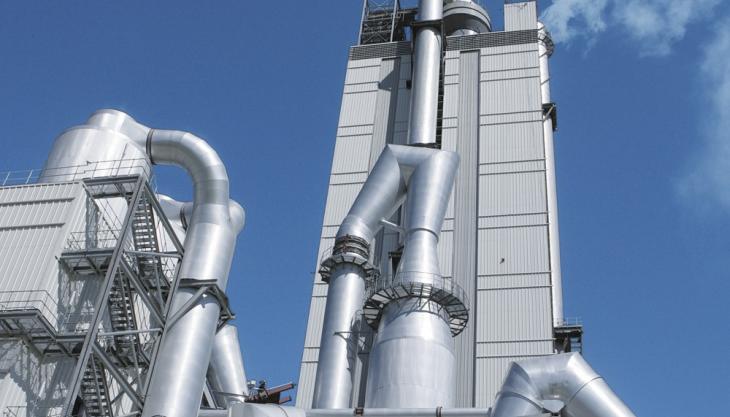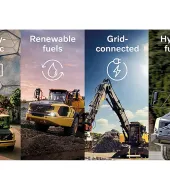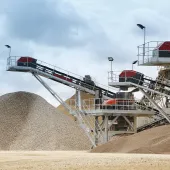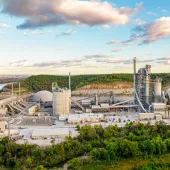UK cement industry sets the pace

MPA is first cement industry body to publish National Greenhouse Gas Reduction Strategy to 2050
THE Mineral Products Association (MPA), representing UK cement producers, has become the first national cement industry body to publish its greenhouse gas (GHG) reduction plans to 2050.
Outlining an ambitious target of –81% GHG emissions by 2050, against 1990 (the Kyoto Protocol baseline year), the UK cement industry has set out for the first time the actions that it, and others, need to take to exceed the UK Government’s own –80% aim.
‘We have recently heard calls from the European and UK Parliaments for industrial sectors to come forward with their GHG reduction plans out to 2050,’ said Dr Pal Chana, executive director of MPA. ‘I am delighted to say that the UK cement industry was well ahead of these initiatives and has been working on its own plans.
‘The document we are publishing today [7 February] shows that by building on the considerable efforts we have already made and by capitalizing on breakthrough technology in carbon capture and storage as and when it becomes available and economically viable, we believe we can deliver significant GHG reductions.
‘Ours is a small contribution towards what has to be a global vision, but we want to participate fully in this effort and have shown what can be achieved with a combined effort from industry and others.’
The UK’s GHG reduction plans will be met through a series of measures, including:
- greater use of waste-derived fuels instead of virgin fossil fuels
- biomass fuels that are carbon neutral
- lower-carbon cements that contain less ‘embodied’ CO2
- reducing levels of cement clinker in finished cements with lower-carbon substitutes
- the decarbonization of the electricity sector
- reduced transport emissions
- plant efficiency
- deployment of carbon capture and storage when it is technically and economically available.
Some of these carbon reducing measures are already within the capability of the UK cement companies, but others, such as the decarbonization of the electricity sector and carbon capture and storage, are not in the industry’s control and other parties, including the Government, will have to play their roles.
‘Without effort on those elements that are out of our control, we still anticipate being able to reduce our GHG footprint by 62% against a 1990 baseline, if the market and investment conditions allow,’ said Dr Chana.
‘These are ambitious but achievable targets. The industry will look to use every means possible, within strict environmental controls and technical standards requirements, to meet its goals.’









